Location
No.568/D,
Koboduwa,
Kuda Waskaduwa,
Waskaduwa,
Sri Lanka.
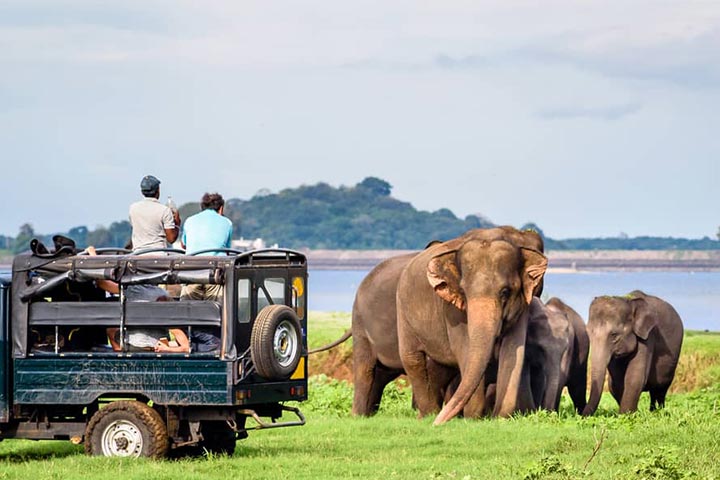
The Udawalawa national park was created to provide a sanctuary for wild animals displaced by the construction of the Udawalawa reservoir on the Walawe River, as well as to protect the catchment of the reservoir. The reserve covers 30,821 hectares of land area and was established on 30 June 1972. Before the designation of the national park, the area was used for shifting cultivation. The farmers were gradually removed once the national park was declared. Udawalawa is an important habitat for water birds and Sri Lankan Elephants. It is a popular tourist destination and the third most visited park in the country.
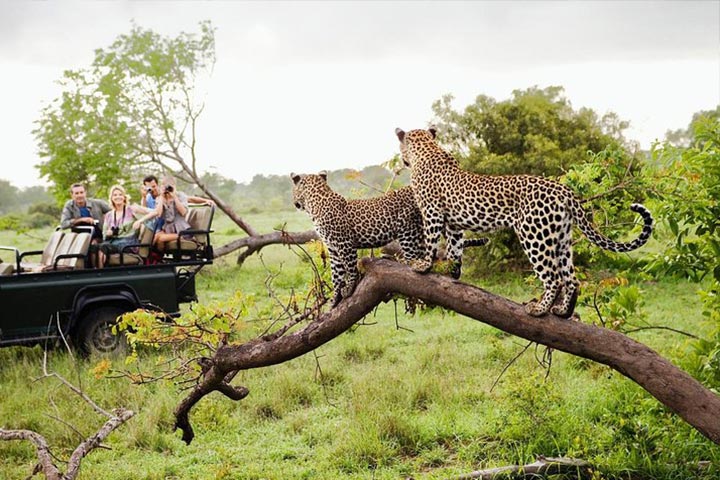
Yala National Park is the most visited and second largest national park in Sri Lanka. Actually it consists of five blocks, two of which are now open to the public; and also adjoining parks. The park covers 979 square kilometres (378 sq miles) and is located about 300 kilometres (190 miles) from Colombo. Yala was designated as a wildlife sanctuary in 1900, and, along with Wilpattu it was one of the first two national parks in Sri Lanka, having been designated in 1938. The park is best known for its variety of wild animals. It is important for the conservation of Sri Lankan Elephants and aquatic birds.
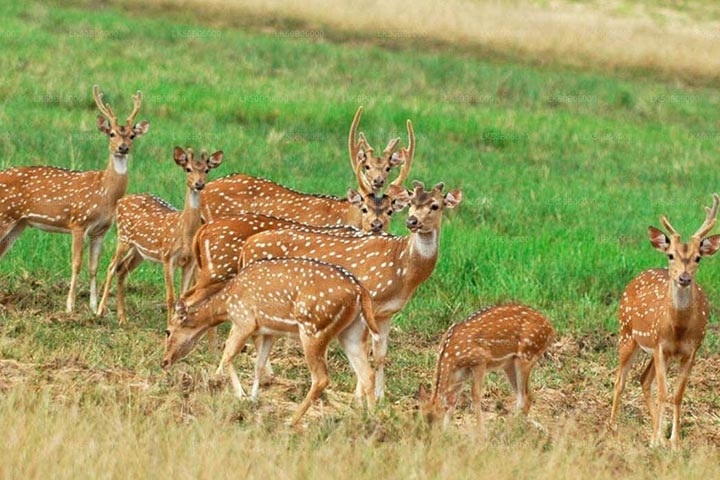
The unique feature of this park is the existence of “Willus” – Natural, sandrimmed water basins or depressions that fill with rainwater. Located in the Northwest coast lowland dry zone of Sri Lanka. The park is located 30 km west Anuradhapura and located 26 km north of Puttalam . The park is 131, 693 hectares and ranges from 0 to 152 meters above sea level. Nearly sixty lakes and tanks are found spread throughout Wilpattu. Wilpattu is the largest and one of the oldest National Parks in Sri Lanka. Wilpattu is among the top national parks world renowned for its Leopard population. The Leopard population in Wilpattu.

Sinharaja forest reserve is one of the least disturbed and biologically unique lowland rain forests in Sri Lanka. It is also national park in Sri Lanka. This is a very good place to see many endemic birds such as Ceylon Lorikeet, Layard’s parakeet, Jungle and Spur Fowl, Ceylon Wood Pigeon, Grey Hombill, Spotted wing Thrush, Rufous and Brown- capped Babbler, Ashyheaded Laughing Thrush, Ceylon Blue Magpie, White Headed Starling, Ceylon Hill Mynha, Legge’s Flowerpecker It is of international significance and has been designated a Biosphere Reserve and World Heritage Site by UNESCO.
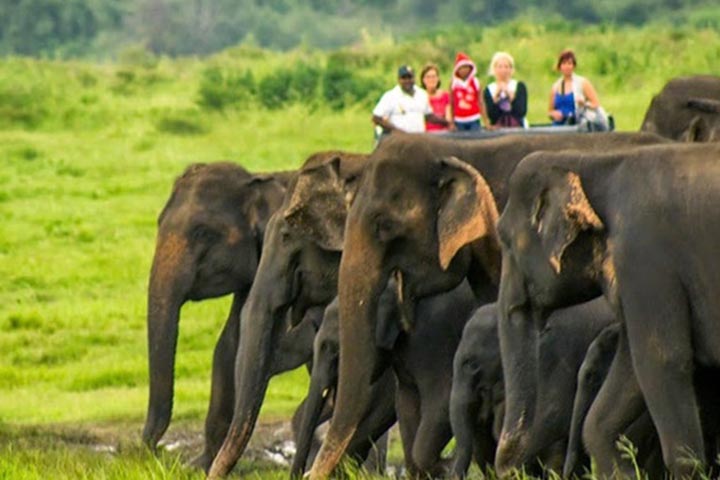
Minneriya National Park is a hot spot for safari lovers because of the abandons of Elephants. Furthermore it is situated near Habarana which have some high class hotels for tourists and some famous world heritage sites like Anuradhapura, Polonnaruwa and Sigiriya which are relatively close to Minneriya.
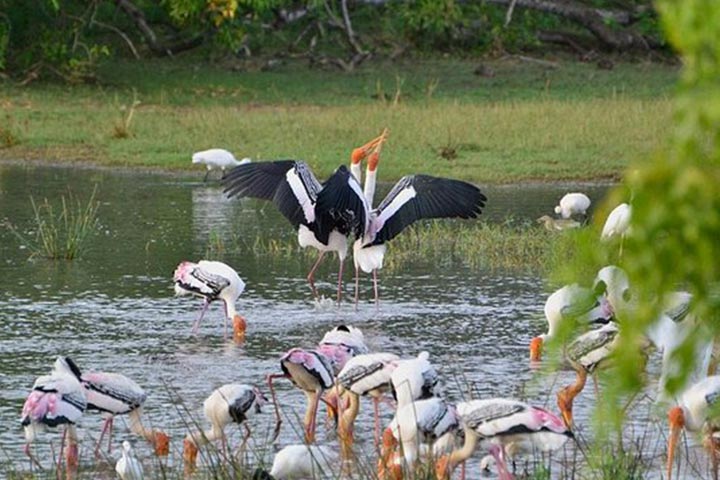
Kumana National Park in Sri Lanka is renowned for its avifauna, particularly its large flocks of migratory waterfowl and wading birds. The park is 391 km southeast of Colombo on Sri Lanka’s southeastern coast. Kumana is contiguous with Yala National Park. Kumana was formerly known as Yala East National Park, but changed to its present name in 5 September 2006. Kumbukkan Oya forms the southern boundary of the national park. Some 20 lagoons and tanks support the extensive birdlife of the national park. The lagoons are shallow with depths less than 2 metres (6.6 ft).
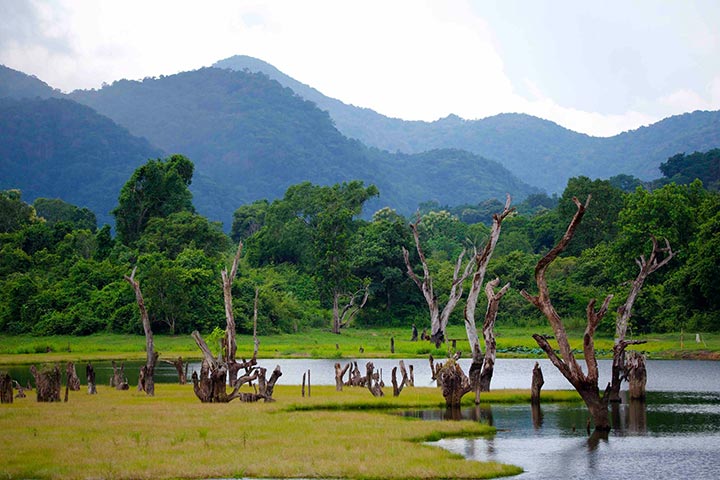
Gal Oya National Park in Sri Lanka was established in 1954 and serves as the main catchment area for Senanayake Samudraya, the largest reservoir in Sri Lanka. Senanayake Samudraya was built under the Gal Oya development project by damming the Gal Oya at Inginiyagala in 1950. An important feature of the Gal Oya National Park is its elephant herd that can be seen throughout the year. Three important herbs of the Ayurveda medicine, Triphala: Terminalia
chebula, Terminalia bellirica and Emblica officinalis are amongst the notable flora of the forest.
No.568/D,
Koboduwa,
Kuda Waskaduwa,
Waskaduwa,
Sri Lanka.
